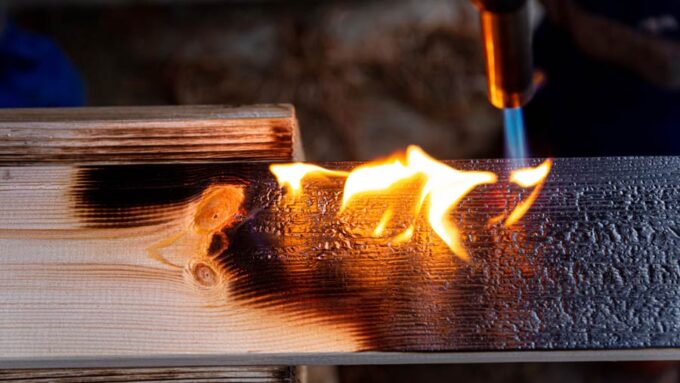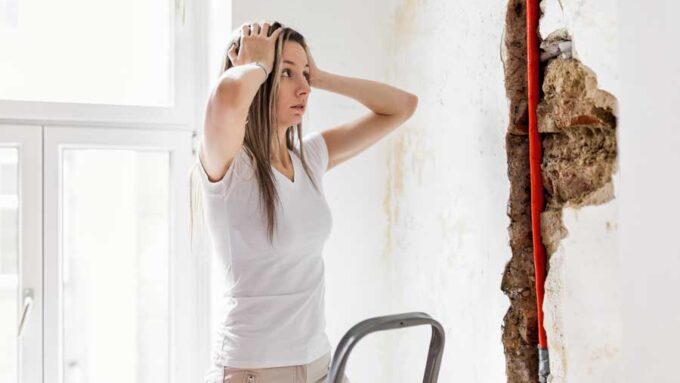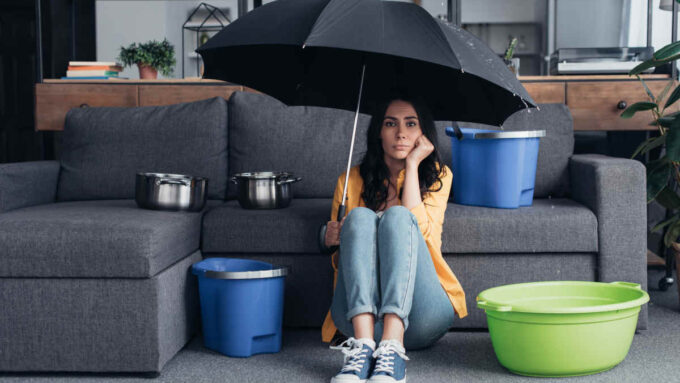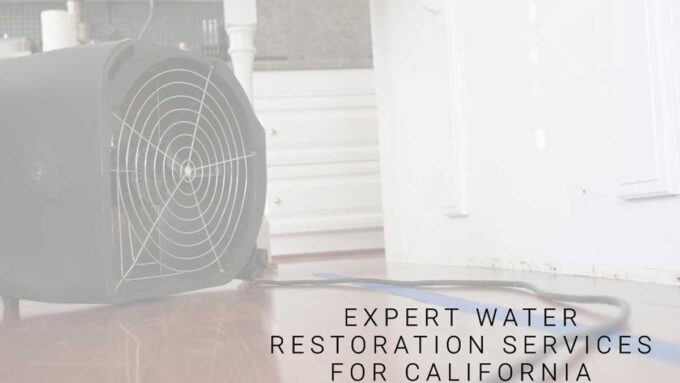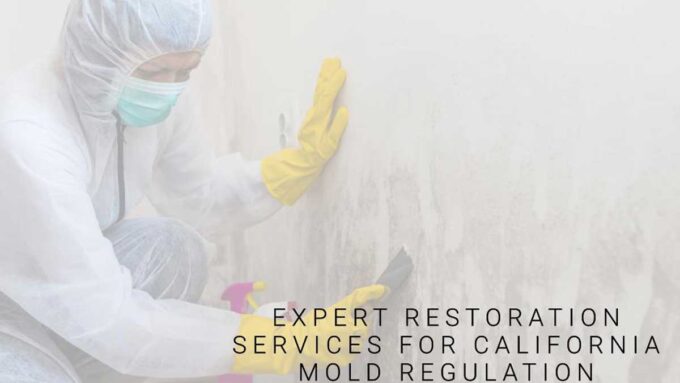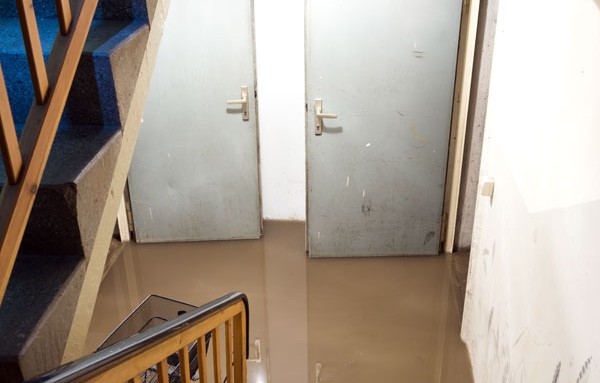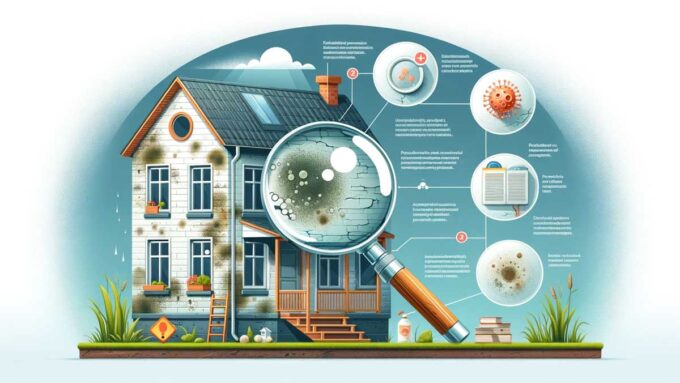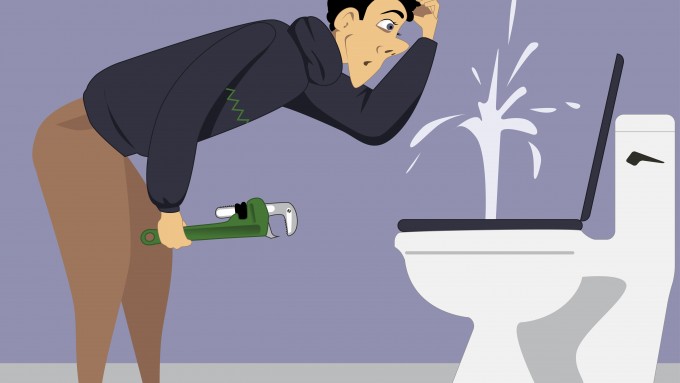Soot is generated from a variety of sources including residual damage left behind in the aftermath of a house fire.
While there are protective measures in place to minimize soot pollution in the outdoor environment, it can still present a challenge to eliminate completely from your home.
Sources of Soot
As you know, when cleaning up the aftermath of a fire, a big part of the cleanup revolves around soot removal. What you may not know is that soot comes from things other than fires.
Soot, also known as particle pollution, is the result of incomplete combustion of hydrocarbons or fossil fuels. The main component of soot is black carbon.
Power plants, smokestacks, oil refineries, wood stoves, fireplaces, vehicle exhaust, and diesel truck exhaust all produce soot. Soot deposited on roads can become airborne in drought conditions and make their way to nearby parks and homes.
The Dangers of Soot
The Environmental Protection Agency (EPA) classifies soot as an environmental contaminant.
The tiny particles that form soot can be inhaled, ingested, or absorbed through the skin and eyes. From there, the particles can settle deeply into your lungs.
Soot causes health issues related to the heart, lung, and triggers asthma attacks. Soot pollution is especially dangerous for the elderly, very young and those with immune system issues.
Ingesting soot pollution increases free radicals, which are unstable molecules in your body. When free radical levels increase, it causes damage to your healthy cells. Once healthy cells are attacked by free radicals, they become unstable and begin producing additional free radicals in your body. Too many free radicals eventually cause oxidative stress, which leads to accelerated aging and disease.
Minimizing Soot Pollution
Fire damage and insufficient ventilation while using gas stoves, wood burning stoves, and fireplaces are the primary causes of soot pollution in the home.
The problem is that soot is comprised of very small particles, which cannot be seen by the naked eye. These particles can become airborne, get sucked into your HVAC system and distributed throughout your home.
If you notice the smell of burnt ash or a smoky smell that doesn’t seem to go away, it’s possible that you have soot contamination in your home.
Because airborne soot settles on hard surfaces throughout your home, including walls and ceilings, it can be extremely challenging to remove.
While you believe you’ve thoroughly cleaned up all that black, dusty soot, it’s best to call in the professionals for a safe, complete cleanup of the soot you cannot see.
Conclusion
While soot pollution is all around us, there are ways to remove residential soot contamination for improved, healthier air quality.
For thorough inspection and clean-up of soot contamination in your home, contact the professionals at RCS in Santa Rosa.

